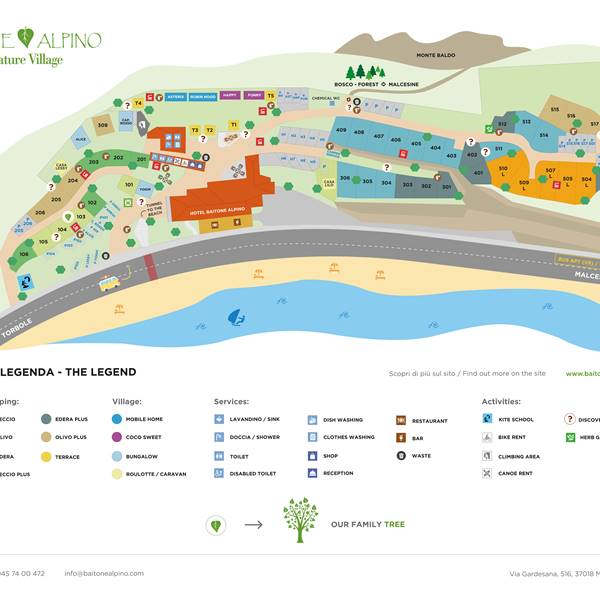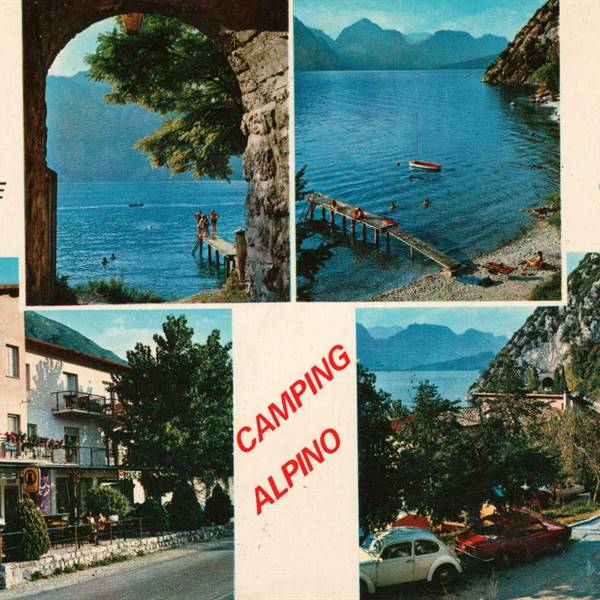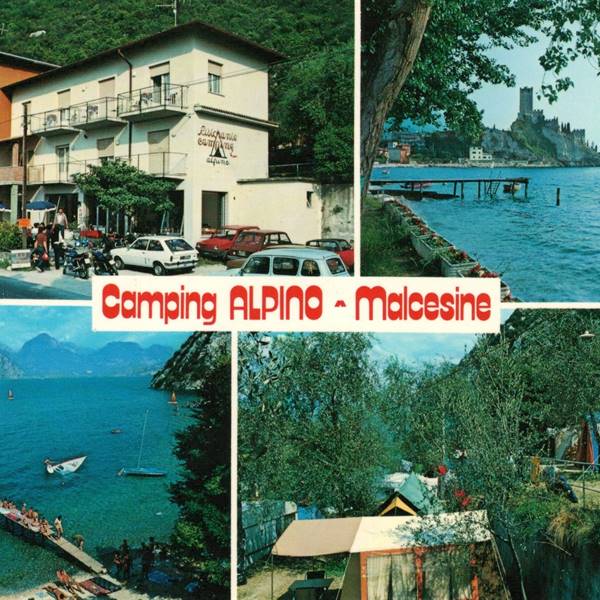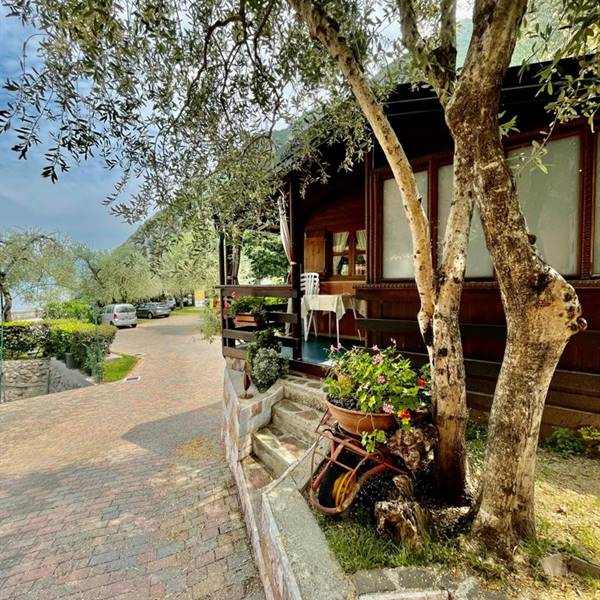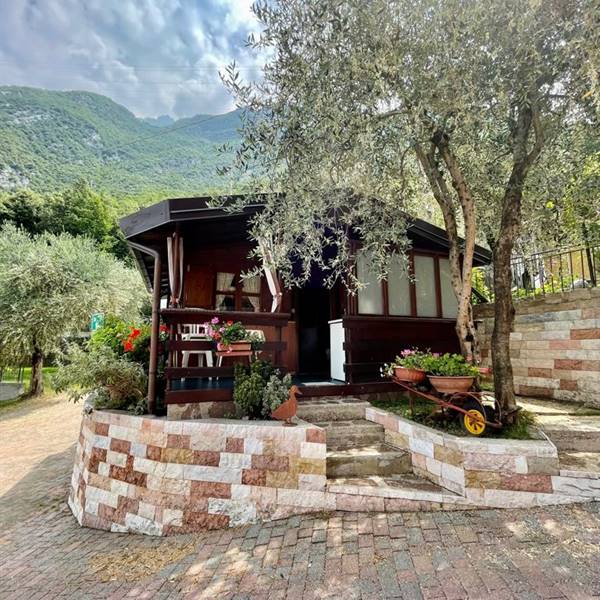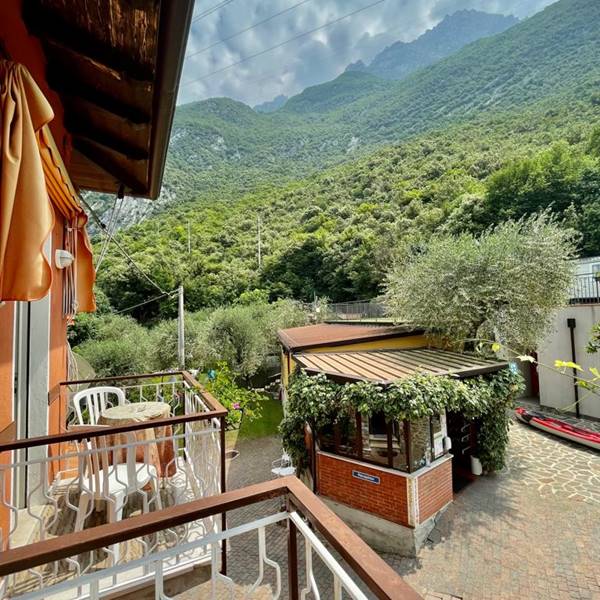BLOG
BaitoneAlpino suggests: Valle delle Cartiere of Toscolano Maderno
The Paper Museum of Toscolano Maderno is a cultural center located in the Paper Mill Valley of Toscolano Maderno, on the western shore of Lake Garda. The exhibition space is created inside an ancient paper mill of the fifteenth century, called "Maìna Inferiore". The exhibition tells the story of paper production in Toscolano Maderno, a traditional activity among the oldest in Italy, which began with certainty in 1381 and is still present in the area today. In addition to the educational activities, elderly paper makers collaborate within the museum who guide the itinerary and a start-up aimed at resuming paper production to safeguard local craftsmanship. The Museum is located inside the ancient paper pole of Maina Inferiore, a production complex whose oldest nucleus dates back to the 15th-16th century. Engravings and vintage images show us the structure of the building as it must have appeared between the 18th and 19th centuries, with wooden blinds for drying sheets on the upper floors. Important changes were made to the structure in the second half of the nineteenth century, made necessary by the modernization of the production plant with the activation of a paper machine. At the end of the 19th century, among the machines installed there were 5 Dutch machines and a paper machine, two steam boilers and a dynamo. Even today, the profile of the structure is characterized by a 33-metre-high chimney, built after 1905, the only one left intact among the many that populated the valley. The paper mill continued its activity until 1962 and with it the production of paper in the valley ceased. Its longevity has made it possible to collect the memory of former employees in order to be able to reconstruct the production phases of the ancient paper manufacturing inside. The museum itinerary, located inside the ancient paper mill of Maina Inferiore, allows you to retrace the history of paper and the Valle delle Cartiere in chronological order from its origins up to the twentieth century.

